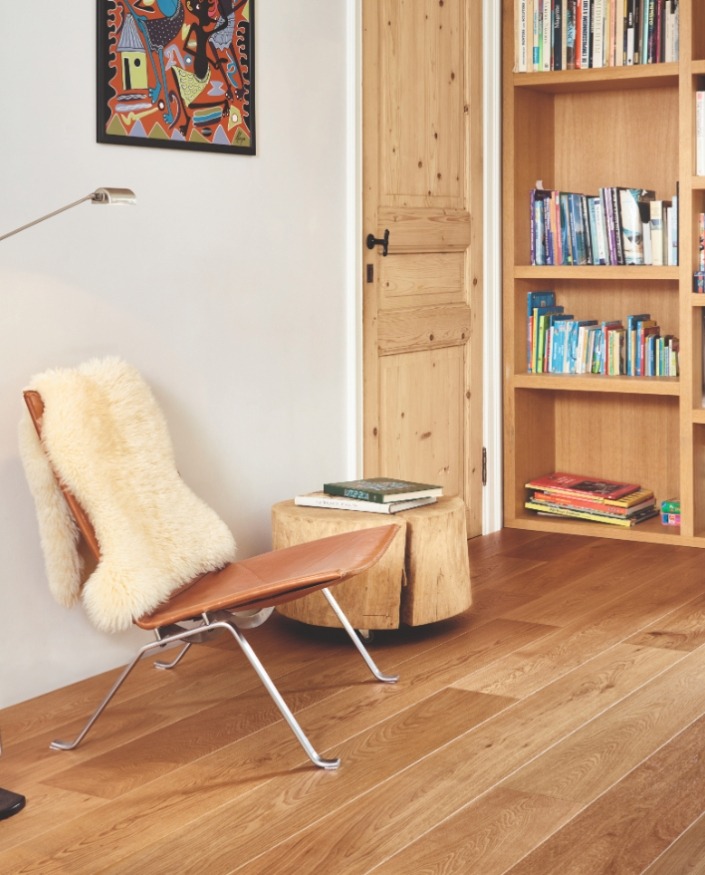
Preparation
— parquet
Installing a wooden floor is a skill, but in most cases you can also successfully install your multi-layer floor yourself. Is installing your Lalegno floor a project you'd like to get started with yourself ? Or would you rather leave the installation to a professional installer? We give you a few handy tips to help you make your choice. After all, a good preparation is half the battle. As for any DIY project, it is also important to start installing a wooden floor with expert knowledge.
How much wooden flooring do you need?
Calculating how much Lalegno wooden flooring you need to order is easy. Measure the floor area, so you have the full length (in metres) and the full width (in metres) and multiply those to obtain the m² of the room. Add 10% for cutting waste.
The technical sheet on our site shows for each floor how many m² are in a box. Divide your required number of m² by the volume of the box and round up the number you get. Now you know exactly how many boxes you need.








